In the lap of the Himalayas, the Spiti Valley sits admirably as a deserted land in Himachal Pradesh. It looks barren yet painted by the beauty that even grasslands seem to miss. The region is highly elevated at 4,270m and is enclosed by tall or lofty mountains that are enveloped with green pine trees, especially during summer. The presence of the Spiti River, flowing downwards out of a gorge enhances the charm of the valley even more.
Learning about its name, Spiti refers to the Middle Land, as it is located between India and the Tibetan Plateau. On its north, there is Ladakh; on its east, Tibet; on the southeast, Kinnaur district; on the south, Kullu; on the west and the southwest, the Lahaul Valley is situated.
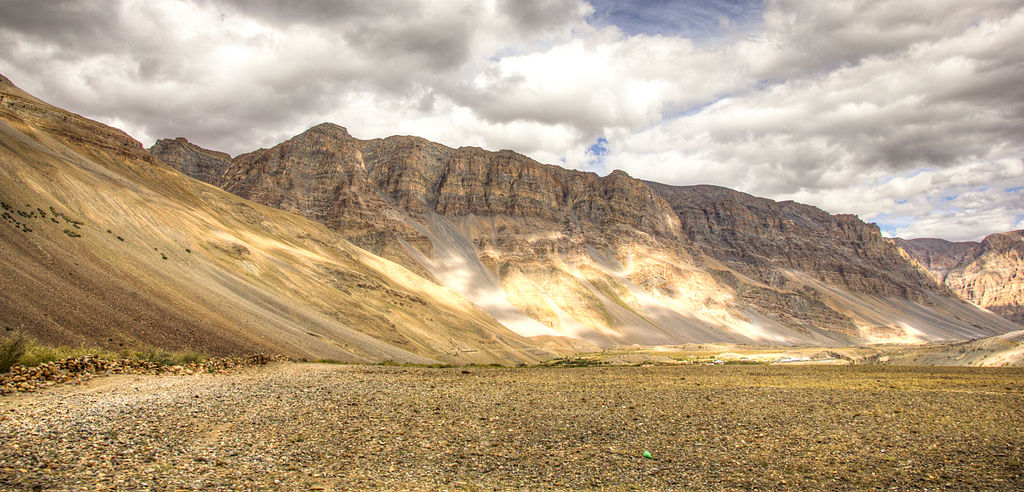
Traditions & Culture:
The residents of the Spiti Valley are majorly inclined towards Buddhism, or Tibetan Buddhism, finely. Their reverence for the particular religion can be seen through the ritual ceremonies, routine activities, and how they have shaped their lifestyle.
Spiti Valley includes a few monasteries that teach Tibetan Buddhism to the leading generations. Besides, every hamlet of the valley has temples that are locally called “Lakhang”. The most famous one of them is in the Lhalung Village, known as the Serkhang or Golden Temple.
There are numerous festivals and special events celebrated by the people here that are often marked by the changes in seasons or the crops. Some of them are:
- Sia Mentok
- Dachang
- Guitor at Kyi Gonpa
- Ladarcha Fair
Agriculture:
Due to the permanent harsh weather of the valley, the process of agriculture for the crops here is slightly different from the other parts of North India, which have comparatively delicate climates.
The villagers mainly cultivate Black peas, Barley, and sometimes green peas as well. However, people here are primarily engaged in animal husbandry and cattle rearing. Animals such as the Yaks and Chumurti horses are the main source of their livelihood.
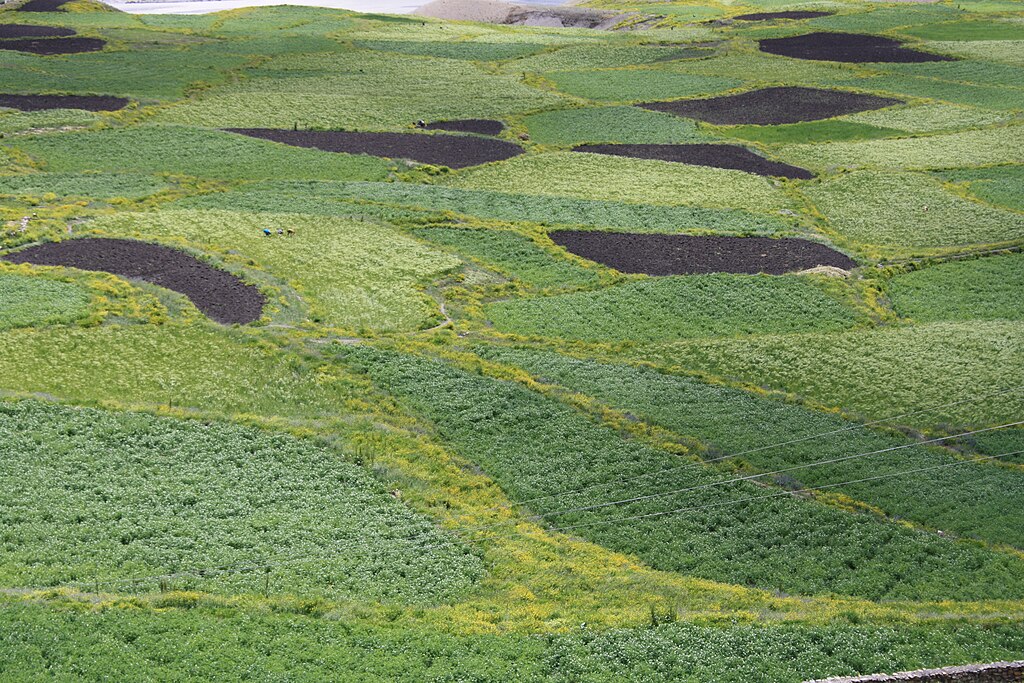
Places of Attraction:
Moving to the places in and around Spiti Valley, there is a lot to explore. For anyone who is looking for a break from the corporate side, Spiti can be proven as the most delightful treat to the eyes and the soul.
Let me share some of the best scenic viewpoints of the valley:
Losar Village:
Losar is a quaint town that offers the best eye-catching views. It is located near the Indo-Chinese border at almost the end of the Spiti Valley.
Travelers get to witness the confluence of two streams, Losar and Peeno here. For Photographers, this place is such a heaven with all the glory it consists of.
The recommended time to visit here is from July to September when the roads are accessible for tourists.
Key Monastery:
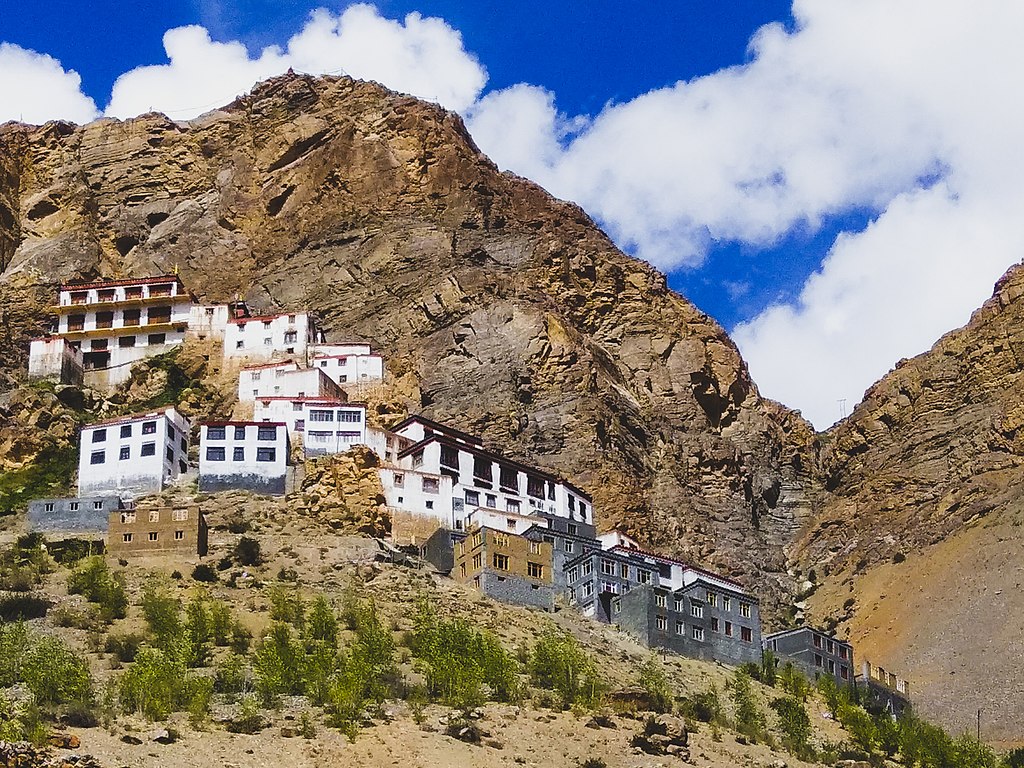
The Kye Gompa, or the Key Monastery, is the largest Tibetan school for Lamas in the Spiti Valley. It’s the architecture and the religious significance of the monastery that attract tourists.
It’s being sectioned into three floors, which are heavily embedded with Mural paintings, an alluring Tangyur room, and a captivating assembly hall.
On entering its threshold, you’ll feel the divine energy present in the shrine that instantly soothes your soul and mind and empties any negative thoughts out of you.
And trust me, your trip to Spiti Valley will be considered incomplete if you miss visiting this landmark.
Pin Valley National Park:
One of the major attractions of the valley, Pin Valley National Park, stands out differently. It covers approx an area of 675 sq km and consists of high peaks from 3500-6000 m.
This natural reserve is home to several varieties of flora and fauna. You can see some of the most endangered species here, such as Pika, Red Fox, Bharal, snow Leapords, Snowcoacks, Siberian ibex, and more. Due to the alpine landscape, many vegetation, herbs, and plants that are used in medicines are also found here. Some of them are Ephedra Gerardiana, Aconitum Rotundifolium, and others.
Travelers mostly come here to watch the snow-capped ranges of the park, which are almost concealed with huge cedar, pine, and deodar trees. For Bird watchers, nature lovers, photographers, and trekkers, this is an ideal place. The best time to visit the park is again July to October.
Kibber:
This picturesque hamlet of the Spiti Valley will leave you stunned, watching its magnificent grandeur. The village is locally known as Khyipur and Kibber Khas, which also serves as the base camp for the trek to Kibber Wildlife Sanctuary.
You must spend at least one night here to admire its beauty and explore other attractions of the village. The most desirable activity of the travelers here is biking through the narrow lanes of the mountains and experiencing raw nature.
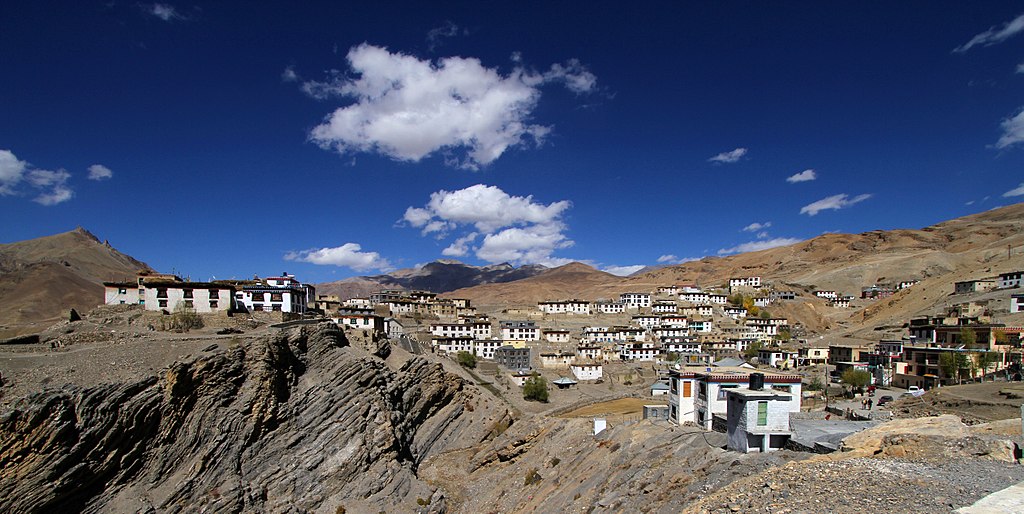
Conclusion:
To summarise this, I would say if you are willing to plan a trip to Himachal Pradesh, you must include the Spiti Valley in your itinerary. The scenery of this place will definitely blow your mind, and even it offers the ambiance that you might need away from the hustles of the Urban lifestyle.

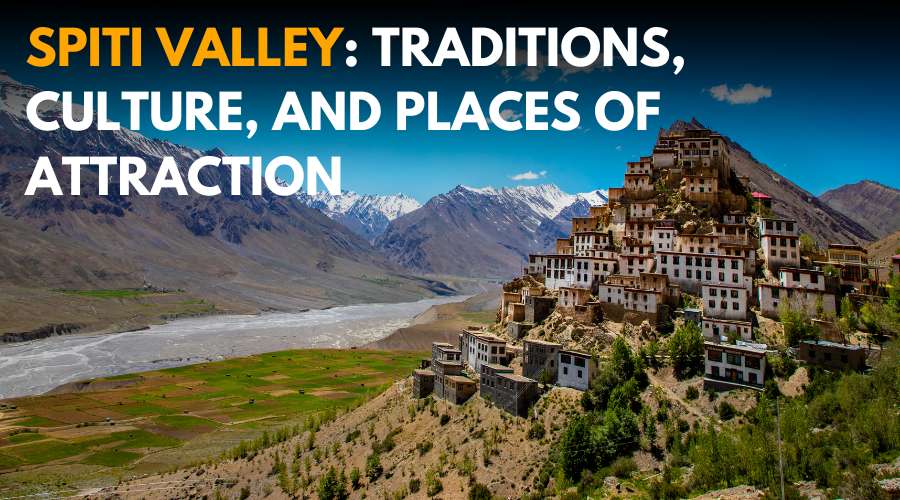
Leave a Comment